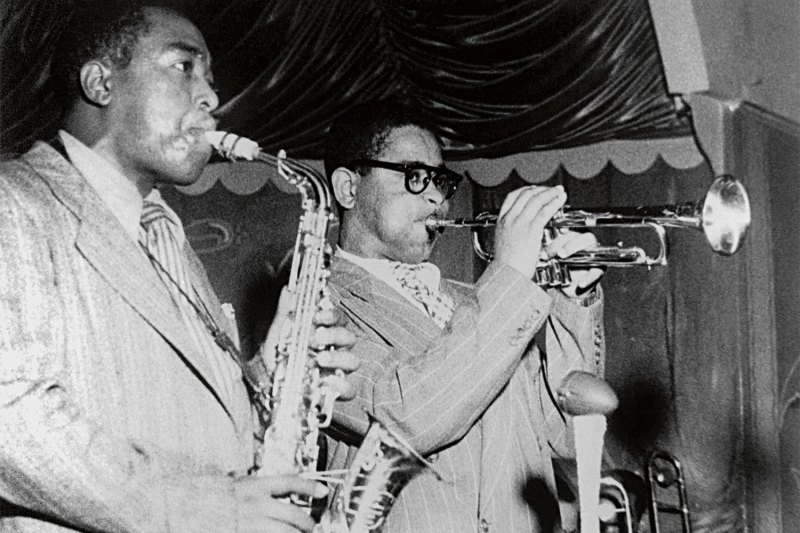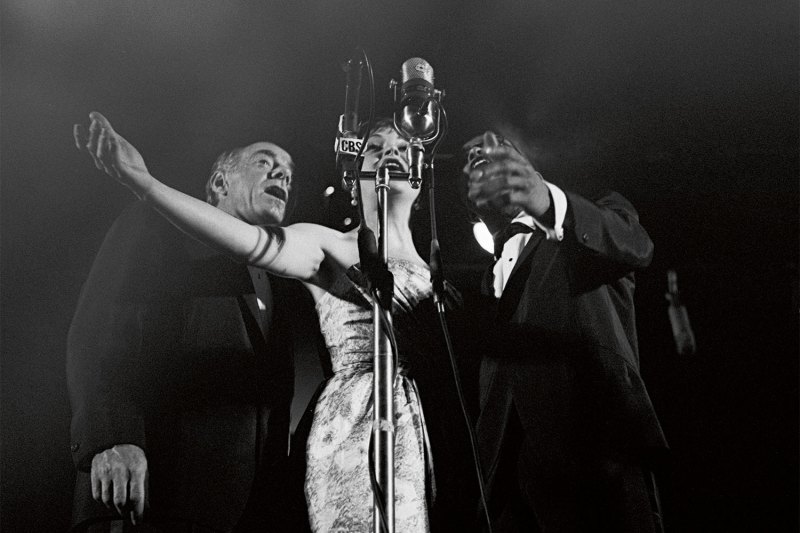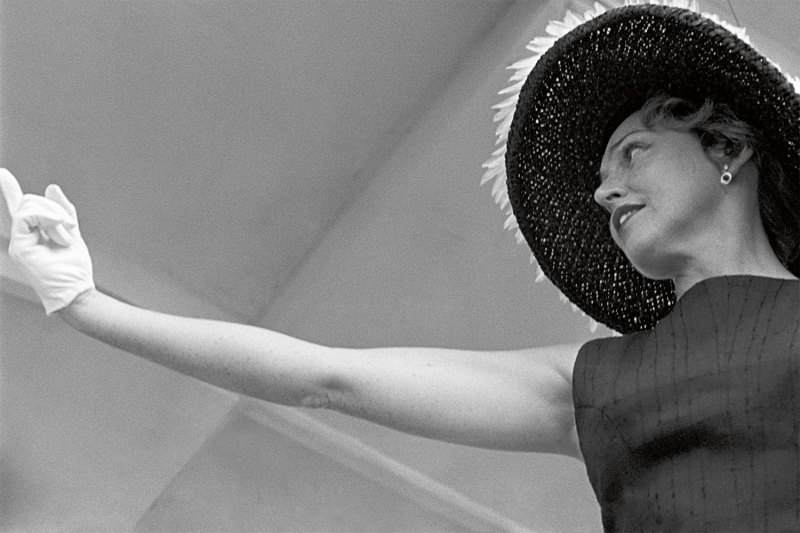

Williams worked his way into the most exclusive cliques and circles of the Chicago and New York Jazz scenes while becoming the go-to photographer for most of the icons of the era. Although his archives total more than 100,000 images, a collection of unreleased photographs have been compiled to celebrate his life and the music he documented.
Jazz: The Iconic Images of Ted Williams (ACC Editions) just oozes cool. It’s more than 300 pages documenting the era of zoot suits and skinny ties. This was a time when the magnitude of a great singer jumped off the pages of the weekly magazines.

He gained unparalled access to the greats, capturing their every emotion. Williams primarily photographed African-American musicians, illustrating a piece of their culture in the mid-20th-century. On one page, A striking, playful image of jazztet Art Farmer & Benny Golson captures them serenading a group of children on a run-down stoop. The smiles on almost everyone except a small child in focus is a moment frozen in time from 1950s Chicago.
This book is also amongst the first to publish Williams personal commentary with his photos, something he didn’t start writing until late in his life. The notes offer fascinating backstories of lavish parties, late-night jam sessions and the perennial drama of the times.

The commentary is the perfect complement to singers that seemingly pop off the pages with microphone or instrument in hand. Among other catalogs, Williams owned one of the largest libraries of original Duke Ellington photos and the Duke is at seen at ease behind a piano, holding the mic dearly or in post-show smoking conversation. Williams had a way, whether it was Ray Charles or Tony Bennett, of perfectly capturing the artist’s on- and off-stage personalities.
Williams worked in a time when America was changing almost as fast as the music. WWII was ending; the Civil Rights Movement took off, then everything else in the 1960s and early ’70s that changed the face of the nation. He documented an era that much like Mahalia Jackson, Ella Fitzgerald or Thelonious Monk, was larger than life.
You can grab your copy here.


